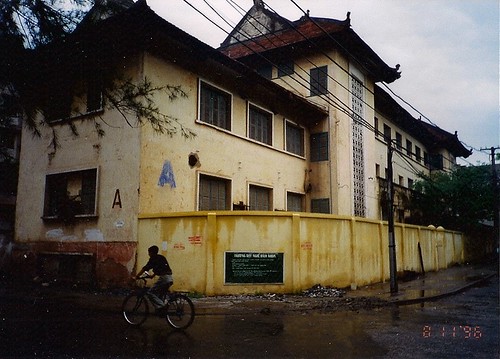The Vietnam Wars begins prior to 1945, as is appropriate. As with most subjects, no event or circumstance can exist without its historical context. Of course, an author needs to make choices about where to begin and end the narrative. Often these choices determine the message of the book, and in Young’s case, the message is this: while Americans often perceive the Vietnam War (or conflict) as occurring during a discrete period in 1960s and 70s, ending with the withdrawal of American troops in 1974, it is a misunderstanding of the conflict to limit it to these years. Furthermore, American involvement in Vietnam predates the war by (arguably) five decades, and postdates the war until at least the 1990s. Young is also writing at the cusp of the first Gulf War, without knowing the future of our continuing involvement in the Middle East, and so she mentions a possible comparison without full knowledge of just how prescient that comparison might be.
At any rate, it makes sense for Young to mention the politics in Southeast Asia in the first half of the 20th century—particularly Vietnam’s status as a French colony, and Nguyen Ai Quoc’s (Ho Chi Minh’s) appeal to Woodrow Wilson (and America) for self-determination following World War I. The failure of this, and the subsequent French, Vichy French and Japanese suppression of the Vietnamese, bringing us through to World War II, explains or demonstrates several things. First, it demonstrates the ambivalence of American politics and ideals concerning colonies and decolonization. Second, it explains the Vietnamese turn to Soviet-style socialism and the writings of Lenin—but also explains why not all of the Soviet socialist ideas would work in a Vietnamese revolution. Finally, Young’s narrative illustrates the bloody and complicated conflict that was occurring contemporaneously with the more well-known events of World War II, and which are somehow not part of the general American consciousness of world events.

Obligatory photograph of Hanoi, taken by MEW in 1996

No comments:
Post a Comment